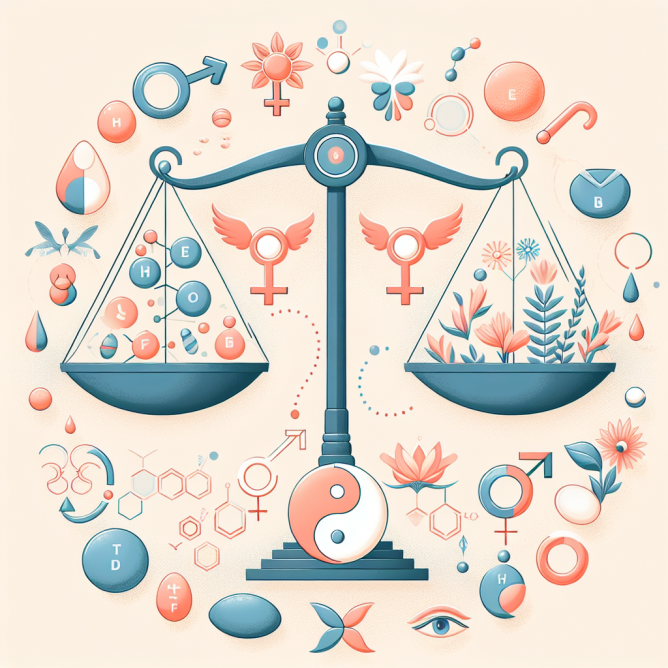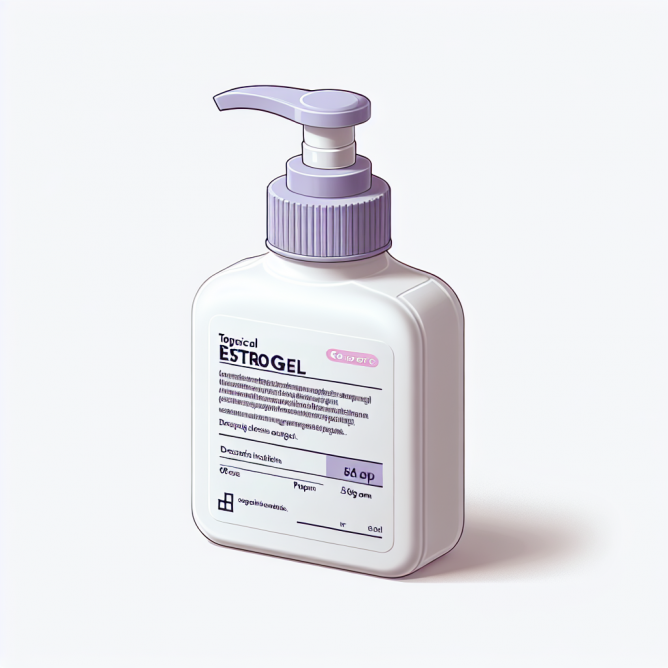
HRT Hormonal Balance: Restoring Natural Harmony
As women age, their bodies undergo significant changes that can lead to a variety of health issues. One of the most common is hormonal imbalance, which can cause a range of symptoms such as hot flashes, night sweats, mood swings, and vaginal dryness. Hormone replacement therapy (HRT) is a treatment that can help restore natural hormonal balance and alleviate these symptoms. In this article, we will explore the benefits and risks of HRT, as well as the different types of HRT available.
What is HRT?
HRT is a medical treatment that involves replacing the hormones that the body naturally produces. The most common hormones used in HRT are estrogen and progestogen. Estrogen is responsible for regulating the menstrual cycle, maintaining bone density, and promoting healthy skin and hair. Progestogen is used to prevent the thickening of the uterus lining, which can lead to cancer.
HRT is typically prescribed to women who are experiencing menopausal symptoms, such as hot flashes, night sweats, and vaginal dryness. It can also be used to prevent osteoporosis, a condition that causes bones to become weak and brittle.

Benefits of HRT
1. Relief from Menopausal Symptoms
One of the most significant benefits of HRT is that it can provide relief from menopausal symptoms. Estrogen replacement therapy can help alleviate hot flashes, night sweats, and vaginal dryness, which can significantly improve quality of life.
2. Prevention of Osteoporosis
HRT can also help prevent osteoporosis, a condition that causes bones to become weak and brittle. Estrogen plays a crucial role in maintaining bone density, and HRT can help replenish the body’s supply of estrogen, reducing the risk of fractures and breaks.

3. Reduced Risk of Heart Disease
Studies have shown that HRT can help reduce the risk of heart disease in women. Estrogen has been shown to have a protective effect on the heart, reducing the risk of heart attacks and strokes.
Risks of HRT
1. Increased Risk of Breast Cancer
One of the most significant risks associated with HRT is an increased risk of breast cancer. Studies have shown that women who take HRT for more than five years have a higher risk of developing breast cancer.
2. Increased Risk of Blood Clots
HRT can also increase the risk of blood clots, which can lead to serious health issues such as deep vein thrombosis and pulmonary embolism. Women who are at high risk of blood clots, such as those with a history of blood clots or who are overweight, should be cautious when considering HRT.
3. Increased Risk of Stroke
HRT has also been linked to an increased risk of stroke, particularly in women over the age of 60. Women who are at high risk of stroke, such as those with a history of stroke or who have high blood pressure, should be cautious when considering HRT.
Types of HRT
1. Oral HRT
Oral HRT involves taking pills that contain estrogen and progestogen. This type of HRT is convenient and easy to take, but it can also have side effects such as nausea, bloating, and mood swings.
2. Transdermal HRT
Transdermal HRT involves applying a patch or cream to the skin that contains estrogen and progestogen. This type of HRT is absorbed through the skin and into the bloodstream, avoiding the digestive system and reducing the risk of side effects.
3. Vaginal HRT
Vaginal HRT involves inserting a vaginal ring or tablet that contains estrogen. This type of HRT is designed to alleviate vaginal dryness and discomfort during sex.
Conclusion
HRT is a treatment that can help restore natural hormonal balance and alleviate menopausal symptoms. While it has many benefits, it is important to be aware of the risks associated with HRT, particularly the increased risk of breast cancer, blood clots, and stroke. Women should consult with their healthcare provider to determine whether HRT is right for them and to discuss the different types of HRT available. By working with their healthcare provider, women can make informed decisions about their health and wellbeing.



